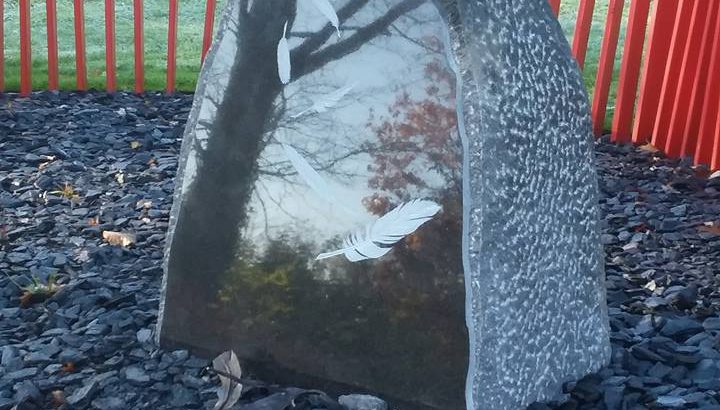The Passchendaele Project
The project is commissioned by the Memorial Museum Passchendaele 1917 for the Legacy of Passchendaele project. The Passchendaele Memorial Gardens consist of seven gardens in the shape of a poppy flower intended as memorial gardens for nations who fought in Flanders during the Great War. Each garden focuses on three items referring to remembrance: plant symbolism, poetry and visual art.
One of these gardens is dedicated to Canada. The museum received a grant from Veteran Affairs Canada to create it, and the garden is reaching its completion with the installation of the sculpture by Heather Carroll the beginning of November. The basic concept of the sculpture is that is serves as a symbol of the many Canadian First Nations, Métis and Inuit, who were also involved in the war, and that it would be representative to all of them. Heather is an accomplished sculptor of Inuit origins and was chosen to execute the work.
Included in the installation will be the plants, referring to the six major ecoregions in Canada, and the poetry element, being an extract from ‘Passchendaele’, a poem by Harry Amoss.
Heather’s work brings the feather into play. The feather symbolizes trust, honour, strength, wisdom, power and freedom. They are carried by the wind and bring messages of hope and victory. Inuit believe in SILA, she is the wind, the sun, the moon, she is all powerful. Each feather in this work is cradled by SILA as they journey to their resting place. Their departure from the world of the living, entering the other world of our ancestors.




